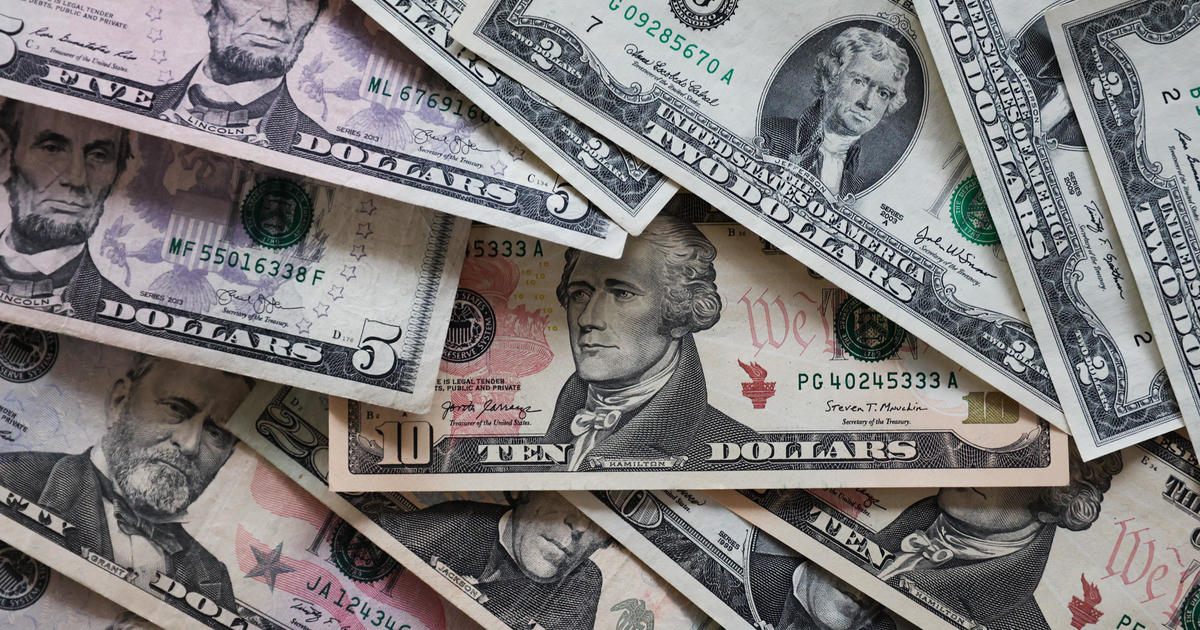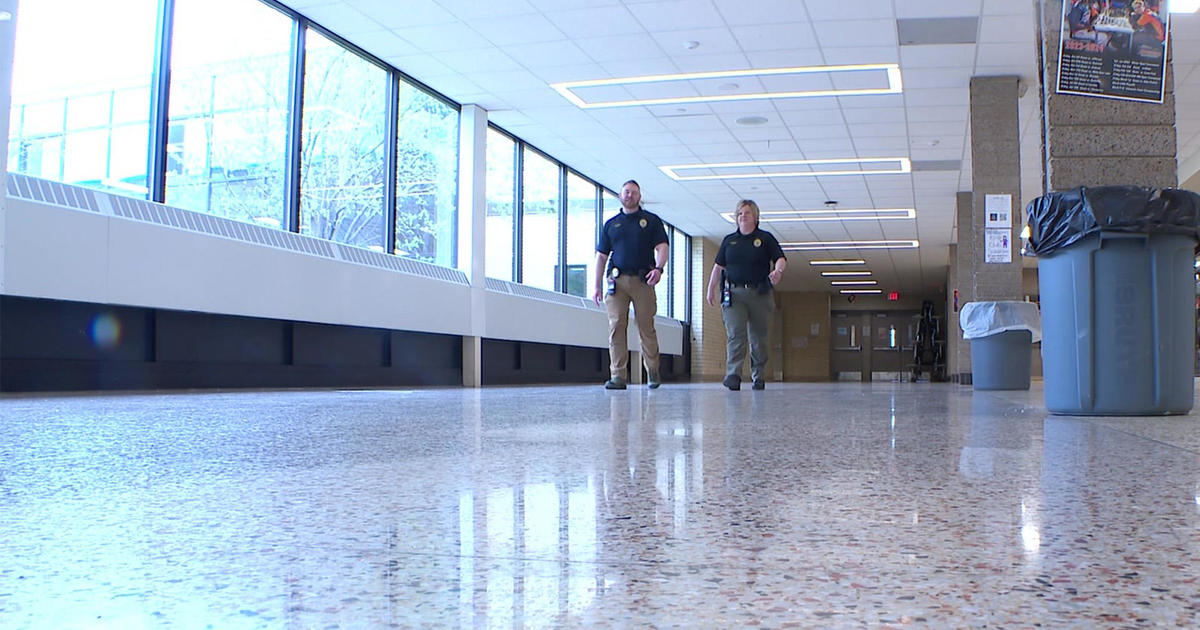U.S. job openings and hires dipped in October, a sign of a cooling economy
U.S. job openings dropped in October but remained high, a sign that businesses became slightly less needy for workers as the Federal Reserve ramps up interest rates in an effort to cool the economy.
Employers posted 10.3 million job vacancies in October, down from 10.7 million in September, the Labor Department said Wednesday. Even with the drop, openings were slightly lower in August, when they dipped below 10.3 million before rebounding the following month.
There are now about 4.3 million more job openings than unemployed people, even though the level of unemployment has been rising.
The number of people quitting their jobs also slipped in October, to 4 million from 4.1 million. The number of quits is often a sign of confidence in the economy, as workers feel secure they can find other work.
One exception was the information industry, where layoffs spiked — a reflection of the turbulence that is leading many companies like Amazon, Lyft, Meta and Microsoft to trim their headcounts by thousands of workers.
"The tech sector may be going through a painful recalibration, but the layoffs in the broader economy are still very low," Nick Bunker, economic research director for Indeed, said in a note "The layoff rate in the Information sector, which contains many tech companies, is elevated but is an outlier among the broad industry groups."
- Amazon to lay off thousands of workers
- HP to cut as many as 6,000 workers
- Layoffs mount as U.S. economy downshifts
The Federal Reserve is closely monitoring the figures on job openings and quits for signals about the strength of the job market. The Fed is seeking to pull off a delicate task by slowing hiring and the broader economy to cool inflation, but not so much as to cause a recession.
Fed wants to reduce job openings, wage gains
While more job openings are a benefit for those seeking work, Fed officials would like to see the number of openings fall. That's because fewer openings would indicate less competition between businesses to find and keep workers, reducing pressure on them to raise wages.
Fed officials would also like to see the number of people quitting decline. When workers quit, they typically do so for a higher-paying job. Since the pandemic, people who have left one job for a new one have been getting historically large wage increases.
"We would love to see [job] vacancies coming down, quits coming down," Fed Chair Jerome Powell said earlier this month.
The Fed is trying to slow — though not eliminate — the pace of wage gains, saying that higher pay can contribute to rising inflation as businesses seek to make up for wage increases by hiking prices for consumers. That's even though there's been little evidence so far of a so-called wage-price spiral.
Powell is scheduled to speak about inflation and the labor market in a highly anticipated speech Wednesday afternoon. Wall Street traders in particular will listen closely for any signs from the Powell of how much further the Fed will raise interest rates.
Powell's appearance comes two days before the U.S. releases critical employment data for November, which is expected to show a slower pace of hiring that month.
CBS News' Irina Ivanova contributed reporting.



